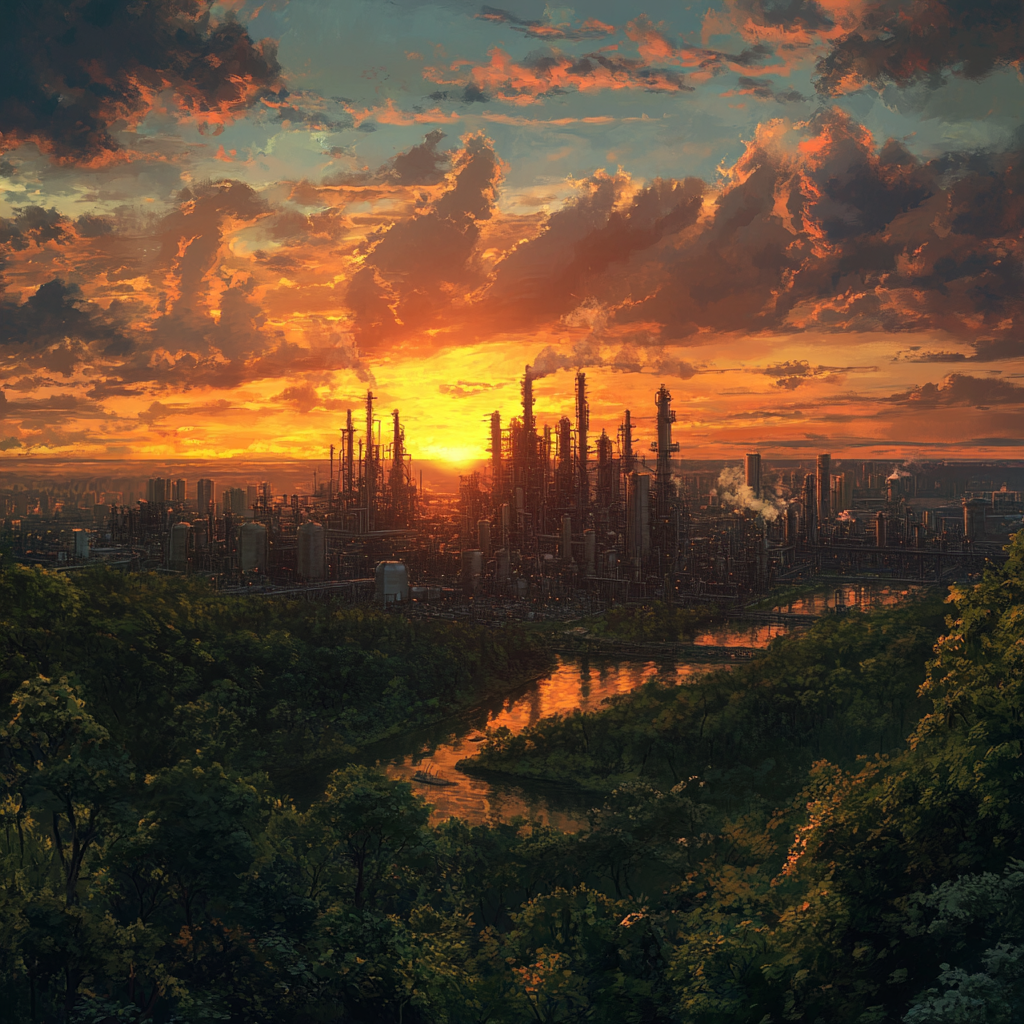Why Current Climate Change Is Our Fault

A significant number of people believe that the climate is changing, but not everyone agrees that humans are the cause. Common arguments include statements like, "The climate always changes," or "Humans don’t influence the climate." In this post, I want to explain why the current climate change is, in fact, driven by human activity. To do so, I’ll focus on one compelling piece of evidence: the air bubbles trapped in Antarctic ice cores.
Researchers working in Antarctica have been collecting ice cores to study Earth’s ancient climate (Figure 1). These ice cores are essentially frozen time capsules, preserving layers of snow that have fallen year after year, compressed and sealed over millennia. Each layer corresponds to a specific year, much like tree rings. By drilling deep into the ice, scientists can access layers that formed thousands of years ago. In fact, some ice cores allow us to look back as far as 800,000 years into the past, offering an unparalleled record of the planet’s atmospheric history and providing insights into how Earth’s climate has changed over nearly a million years.

Trapped within these layers are tiny air bubbles, each holding a snapshot of the atmosphere at the time they were sealed. Because the atmosphere is relatively uniform across the planet, the composition of gases in these bubbles represents the global atmosphere. By carefully extracting and analyzing this ancient air, scientists can determine the concentrations of gases like carbon dioxide (CO2) and their isotopic makeup at different points in time.
To analyze these air samples, scientists use a technique involving a mass spectrometer, a tool that can measure the ratios of isotopes in the CO2. One isotope of particular interest is carbon-13 (C-13). Over thousands of years, the fraction of C-13 in atmospheric CO2 remained roughly the same. However, starting around the year 1800 (the onset of the Industrial Revolution), a sharp and unparalleled shift occurs. At the same time that CO2 levels in the atmosphere begin to rise steeply, the proportion of C-13 starts to decline proportionally (Figure 2).

This steep decline in C-13 is a critical clue. Fossil fuels, such as coal, oil, and natural gas, are formed from ancient plant material. Plants have a preference for absorbing carbon-12 (C-12) during photosynthesis, meaning fossil fuels are naturally depleted in C-13. When humans burn these fossil fuels, the CO2 released into the atmosphere has a distinct isotopic signature: it’s much lower in C-13. The simultaneous rise in CO2 and the decline in C-13 is essentially a fingerprint that points directly to human activity as the source.
Natural processes, like volcanic eruptions, do not have this preference for releasing C-12 over C-13, so they cannot explain the observed pattern. The only plausible explanation is the large-scale combustion of fossil fuels by humans, which began with the Industrial Revolution and has only accelerated since.
The data from Antarctic ice cores is unequivocal. For thousands of years, CO2 levels and the ratio of C-13 in the atmosphere were stable. Then, around 1800, the industrial burning of fossil fuels caused CO2 levels to rise and C-13 levels to plummet. This pattern aligns perfectly with human activity and leaves little room for doubt: the current climate change is not part of a natural cycle but is caused by us.

